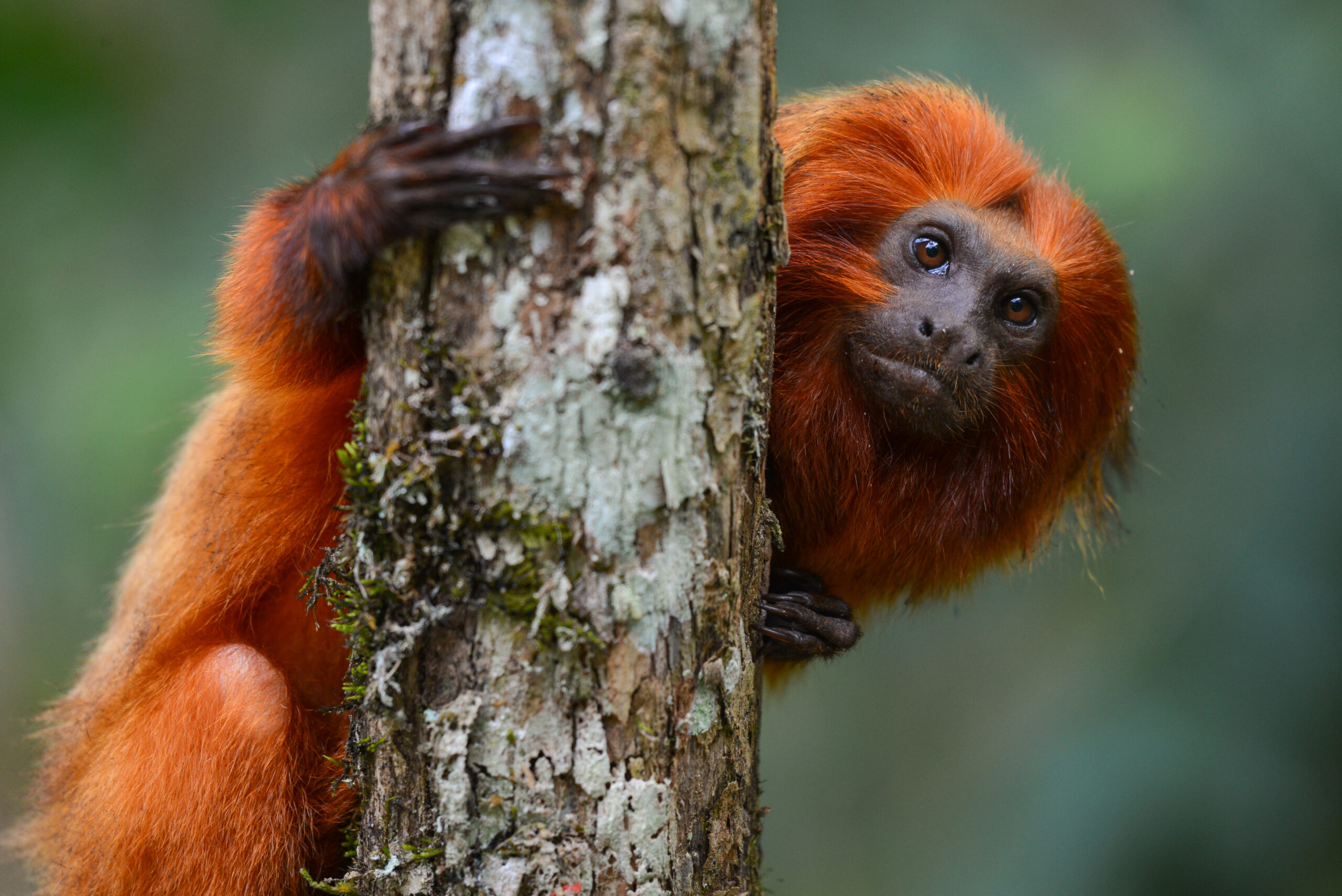Exploring the wonders of the world often leads us to creatures that exist nowhere else on Earth. These endemic species are not only unique to their respective habitats but also play crucial roles in their ecosystems. Join us on a journey to discover these fascinating animals and their singular environments.
1. Tuamotu Kingfisher
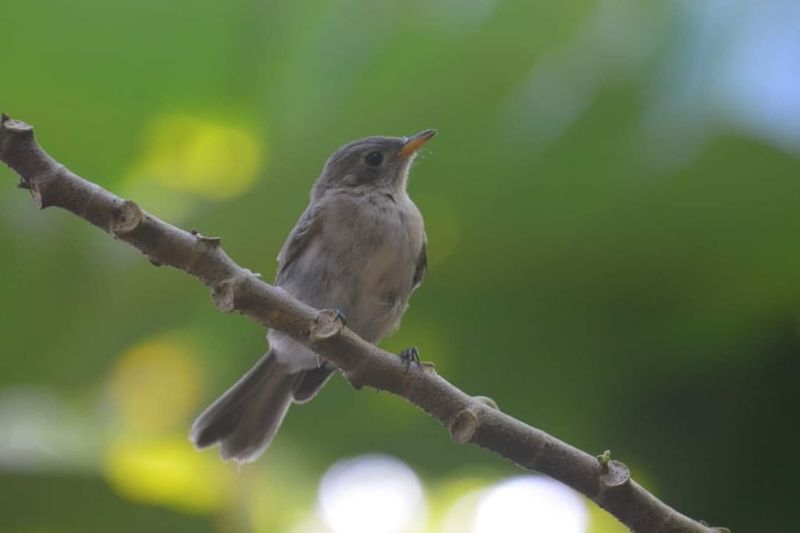
On the sun-drenched islands of French Polynesia, the Tuamotu Kingfisher makes its home. Found exclusively on Niau Atoll, this bird showcases a stunning blend of blue and orange plumage. Its vivid colors glimmer in the tropical sunlight, capturing the eye of any passerby.
The Tuamotu Kingfisher thrives in coconut groves and forested areas, where it can be seen expertly darting after insects. Despite its vibrant appearance, this species faces threats from habitat loss and invasive species, making its conservation vital.
Efforts are underway to protect this bird’s delicate habitat and ensure its survival. Educating local communities about sustainable practices plays a crucial role in these efforts. Observing the Tuamotu Kingfisher in its natural environment is a reminder of the delicate balance of nature and the importance of preserving such unique species for future generations.
2. Javan Rhinoceros
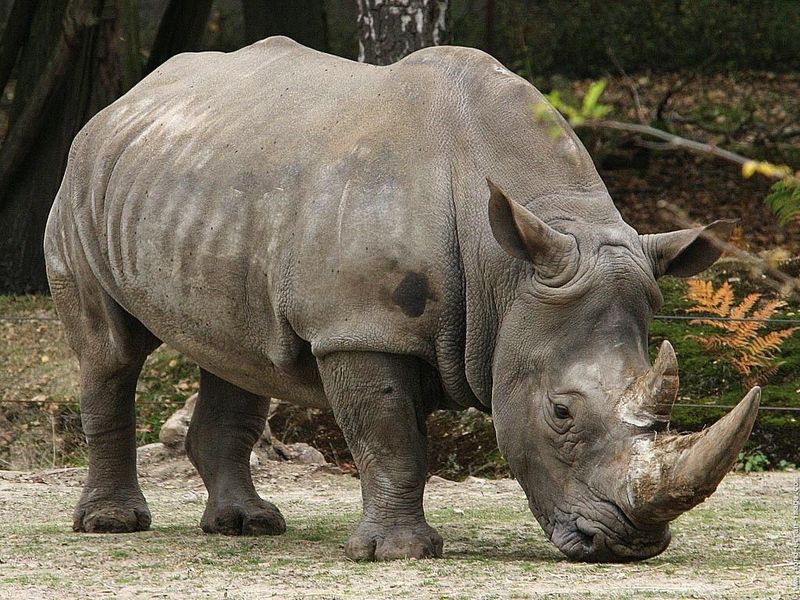
In the dense jungles of Indonesia, the Javan Rhinoceros roams. Exclusively found in Ujung Kulon National Park, this magnificent creature is one of the rarest rhinos on Earth. With its single horn and thick, gray skin, it stands as a symbol of strength and fragility.
The Javan Rhinoceros’s habitat is a rich mosaic of dense forests and rivers, providing ample food and shelter. However, the challenges it faces are immense, from poaching to habitat fragmentation. To protect the Javan Rhinoceros, conservationists implement rigorous protection measures.
Anti-poaching patrols and habitat restoration are essential to safeguard this species. Visitors to Ujung Kulon can learn about the rhino’s role in the ecosystem and the ongoing efforts to preserve its existence. The Javan Rhinoceros remains a testament to the resilience of nature and the necessity of human intervention in conservation.
3. Madagascar Fossa
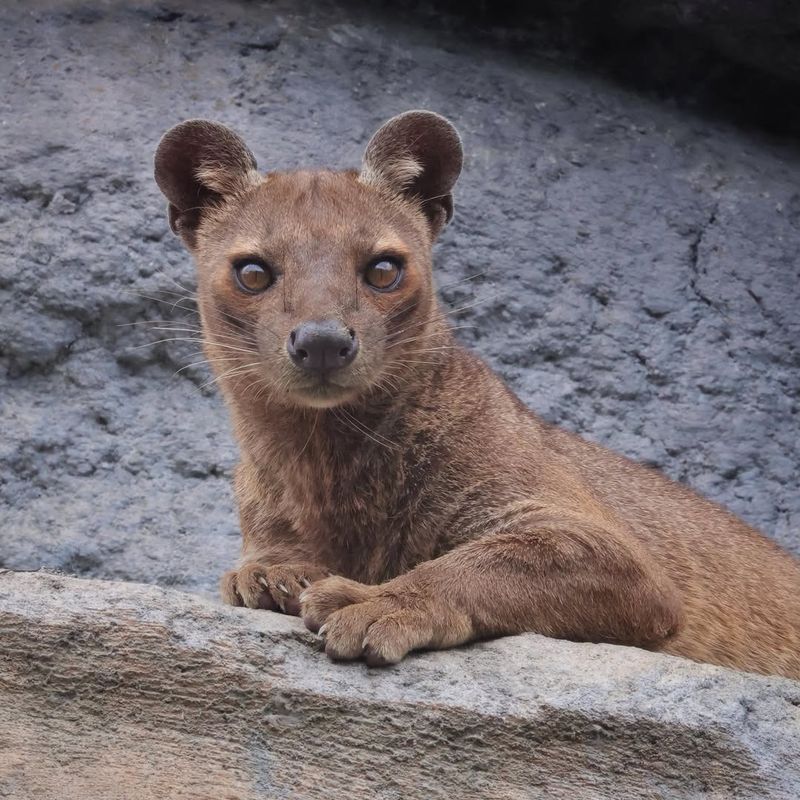
Hidden within Madagascar’s lush wilderness, the Madagascar Fossa prowls. This apex predator, endemic to the island, resembles a small cougar, showcasing a sleek, muscular build and a keen hunting instinct.
Dwelling in forests, the Fossa plays a crucial role in controlling the populations of its prey, including lemurs. Its adaptability to various forest environments highlights its evolutionary success. Yet, the Fossa faces numerous threats, primarily from habitat destruction due to deforestation.
Conservation efforts focus on preserving the unique biodiversity of Madagascar, ensuring that the Fossa’s environment remains intact. Educational programs and protected areas aim to mitigate these threats, promoting co-existence between humans and this remarkable predator.
Observing the Madagascar Fossa in its natural habitat is a thrilling experience, emphasizing the importance of protecting such endemic species. The Fossa’s survival is intrinsically tied to the health of Madagascar’s ecosystems.
4. Kakapo
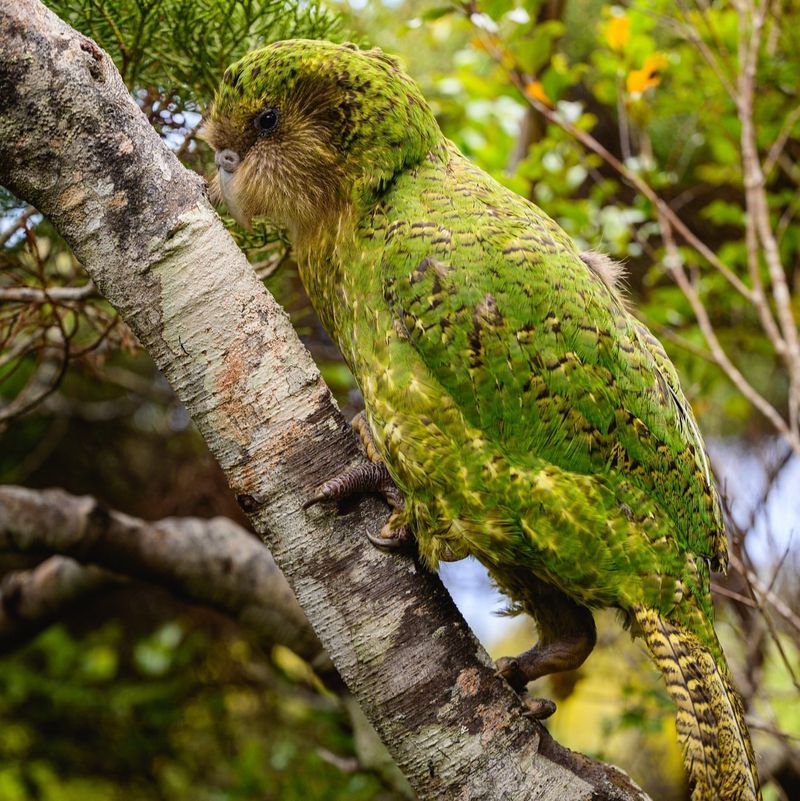
Amidst the verdant landscapes of New Zealand, the Kakapo thrives as the world’s only flightless parrot. With its mossy green feathers and owl-like face, it is a nocturnal wonder of nature. On top of it all, they are some of the most expensive birds out there.
The Kakapo’s unique adaptations include its strong legs for ground travel and its remarkable ability to climb trees, despite its inability to fly. It plays a vital role in its ecosystem as a seed disperser. However, the Kakapo is critically endangered, with conservationists working tirelessly to protect it from threats like introduced predators.
Intensive breeding programs and predator-free island sanctuaries are pivotal in these efforts. The story of the Kakapo is one of resilience and hope. The Kakapo symbolizes the intricate connections within ecosystems and the human responsibility to maintain biodiversity.
5. Galápagos Tortoise
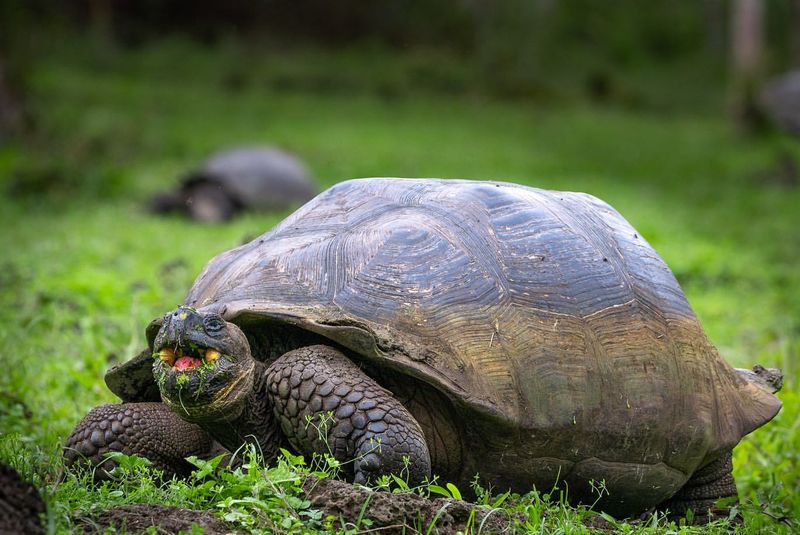
In the enchanting Galápagos Islands, the Galápagos Tortoise carries its massive shell across the landscape. Known for its impressive size and longevity, it is a living relic of the archipelago’s natural history. These tortoises inhabit various islands, each population uniquely adapted to its environment.
Their grazing helps maintain the ecosystem balance, making them keystone species. Despite their ancient presence, Galápagos Tortoises face threats from invasive species and human activities. Conservation initiatives focus on habitat restoration and breeding programs to ensure their survival.
Visitors to the Galápagos can witness these gentle giants and learn about the crucial role they play in their habitat. The Galápagos Tortoise stands as a testament to the evolutionary marvels of isolated environments and the ongoing need for conservation efforts.
6. Aye-Aye
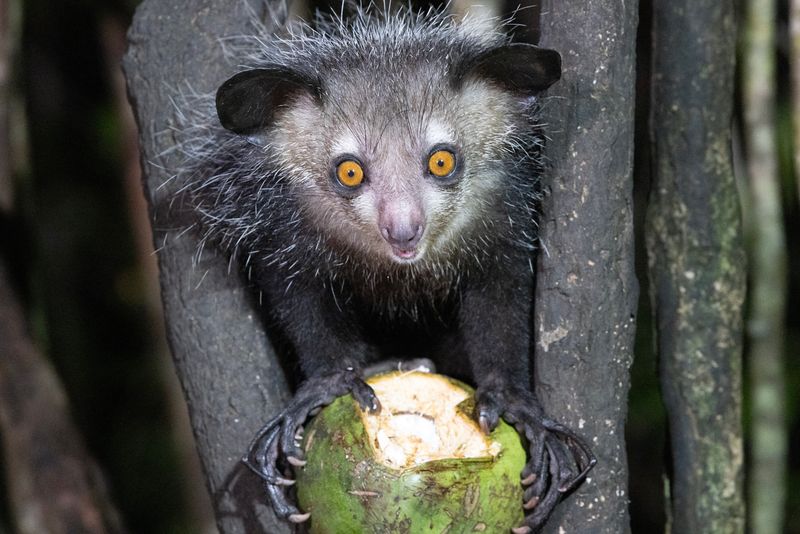
In the shadows of Madagascar’s forests, the Aye-aye emerges as one of the most bizarre primates. With its large eyes and bushy tail, this nocturnal lemur is adapted to a life in the trees. The Aye-aye’s most distinctive feature is its long, thin middle finger, used to extract insects from tree bark.
This unique adaptation highlights its specialized feeding habits and role in the ecosystem. Threatened by habitat loss and superstitions that label it as a harbinger of ill luck, conservation efforts are crucial.
Protecting Madagascar’s forests and educating communities about the Aye-aye’s ecological importance are key strategies. Encountering an Aye-aye in the wild offers a glimpse into the complexity of nature’s designs. Its preservation is vital for maintaining the rich biodiversity of Madagascar’s forests.
7. Vaquita
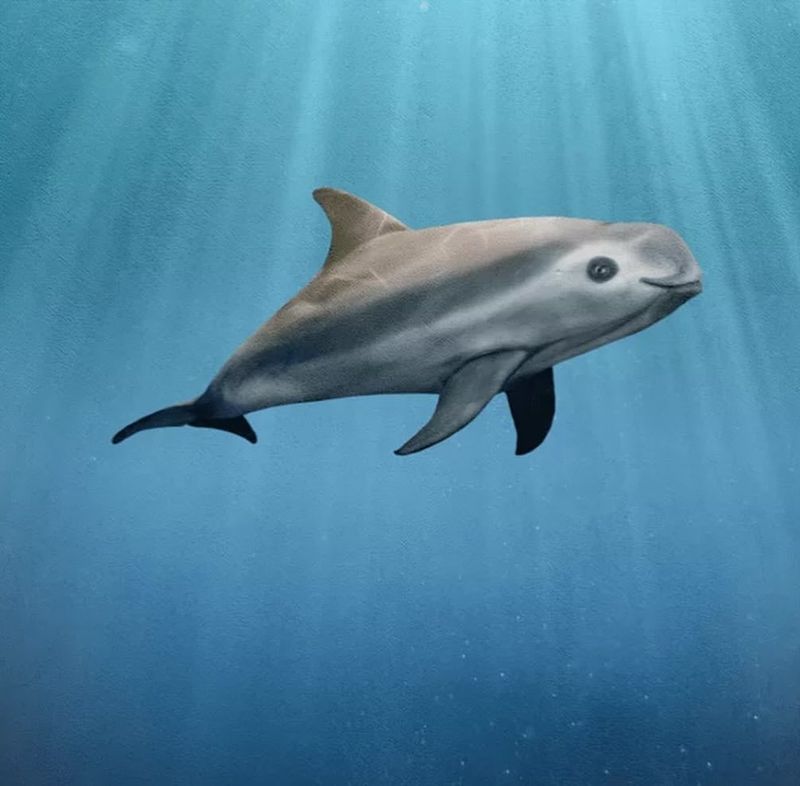
In the warm waters of the Gulf of California, the Vaquita, a small porpoise, swims gracefully. Known for its elusive nature, it is recognized by its rounded body and distinctive black eye patches. The Vaquita’s habitat is a serene marine environment, richly diverse and crucial for its survival.
However, this rare species is on the brink of extinction, primarily due to bycatch in illegal fishing operations. Conservationists are working relentlessly to implement measures like fishing bans and protected areas.
Raising awareness about the Vaquita’s plight is essential to rally support for its preservation. Witnessing a Vaquita is a rare and poignant reminder of the delicate balance of marine ecosystems. Efforts to save it are urgent, underscoring the broader challenges of marine conservation in our modern world.
8. Philippine Eagle
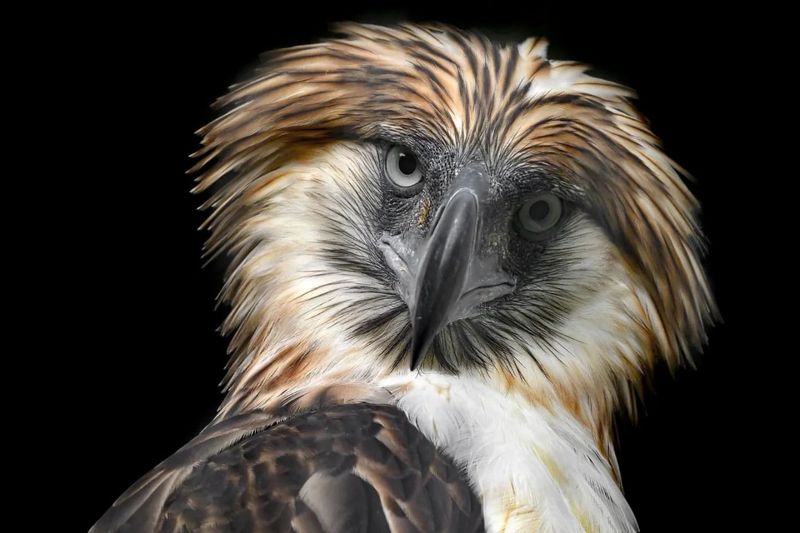
High above the Philippine forests, the majestic Philippine Eagle soars with grace. Known as the “monkey-eating eagle,” it is one of the largest and most powerful birds of prey.
The Philippine Eagle’s home is the forest canopy, where it hunts for monkeys and other arboreal animals. It plays a vital role in maintaining the balance of its habitat. Yet, this raptor faces critical threats from deforestation and hunting.
Conservation programs focus on habitat protection and captive breeding to increase its population. Experiencing the Philippine Eagle in flight is a breathtaking sight, a symbol of the rich biodiversity of the Philippines.
Its survival is a testament to the importance of preserving natural habitats and understanding the interconnectedness of all species.
9. Golden Lion Tamarin
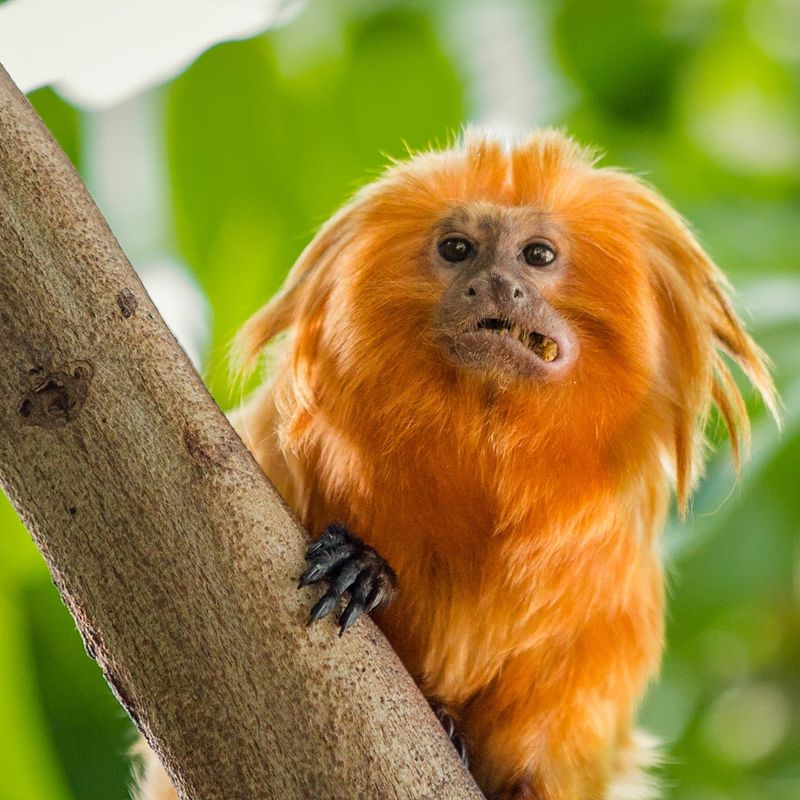
Within the vibrant Atlantic Forest of Brazil, the Golden Lion Tamarin swings through the trees. With its striking orange mane, this small monkey embodies the rich colors of its tropical home.
Thriving in the forest’s canopy, the Golden Lion Tamarin feeds on fruits and insects, contributing to seed dispersal and forest regeneration. Its presence is vital for the health of its ecosystem. Despite its beauty, this tamarin faces threats from habitat destruction.
Conservationists work tirelessly to protect its environment and implement captive breeding programs for population recovery. Observing the Golden Lion Tamarin in its natural habitat is a vivid reminder of the profound beauty and complexity of rainforests.
Their conservation tells a broader story of ecological interdependence and the urgent need to protect our planet’s forests.
10. Komodo Dragon
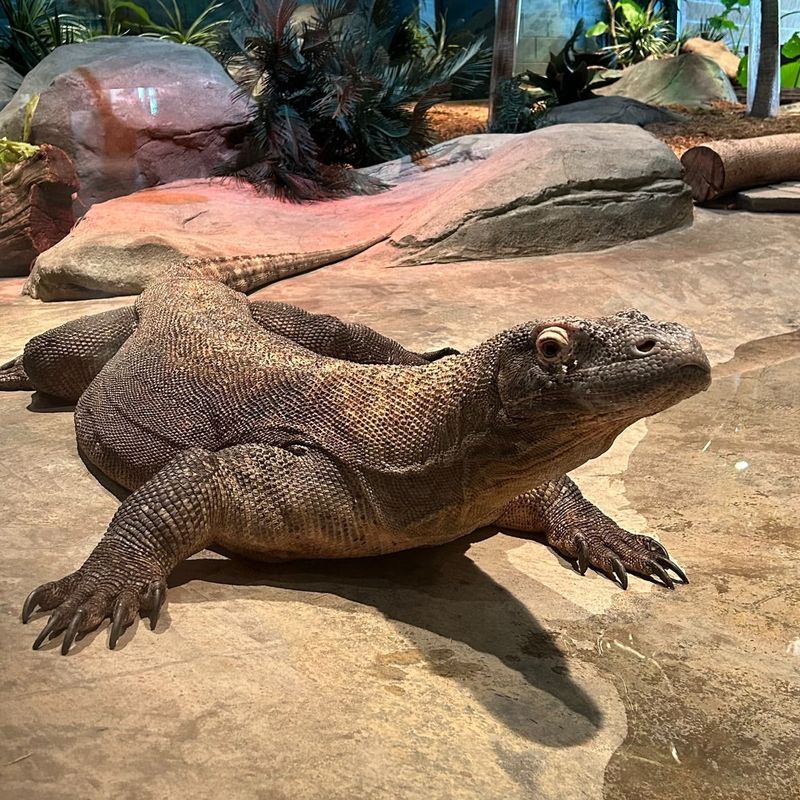
On the rugged islands of Indonesia, the Komodo Dragon reigns supreme. As the largest living lizard, it commands respect with its formidable size and hunting prowess. Komodo Dragons inhabit the dry forests and savannas of Komodo, Rinca, and nearby islands, where they hunt deer and other prey.
Their presence is crucial for controlling prey populations. However, the Komodo Dragon faces threats from habitat loss and human encroachment. Conservation efforts include habitat protection and monitoring to ensure their continued survival.
Encountering a Komodo Dragon in the wild is an awe-inspiring experience, reflecting the raw power and ancient lineage of this species. Their conservation highlights the delicate interplay between predators and their environments.
11. Hawaiian Monk Seal
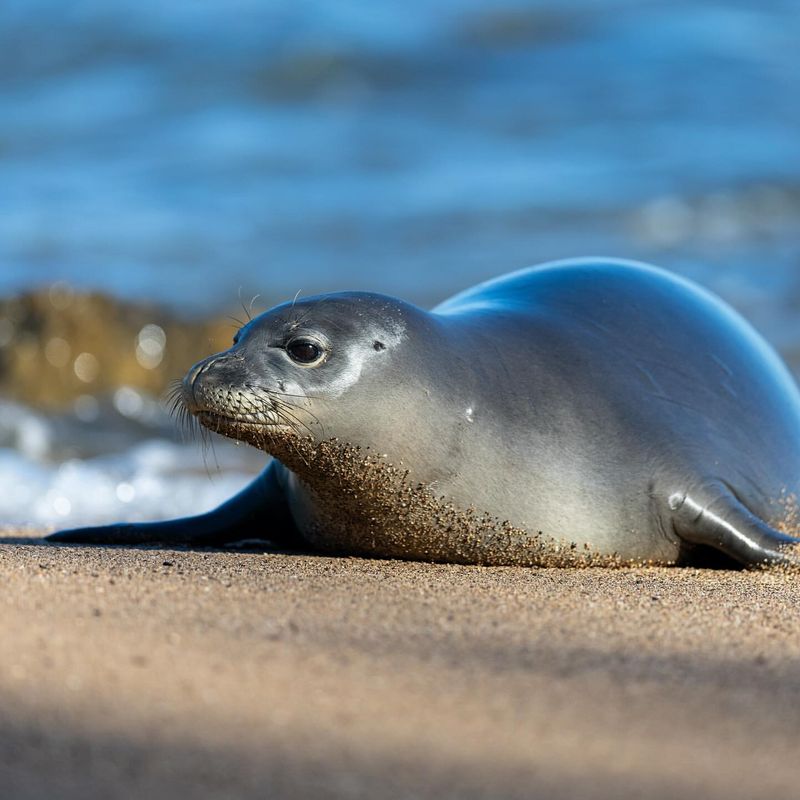
On the pristine beaches of Hawaii, the Hawaiian Monk Seal finds refuge. This marine mammal, with its sleek, dark body, is a symbol of the islands’ natural beauty. Living in the warm waters of the Pacific, the Hawaiian Monk Seal feeds on fish and invertebrates, playing an essential role in the ocean’s ecosystem.
However, it is critically endangered, facing threats from entanglement and habitat degradation. Conservation programs focus on protecting its habitat and reducing human interference. Educating the public about the seal’s importance helps foster a connection to this unique species.
Seeing a Hawaiian Monk Seal in its natural habitat is a serene experience, underscoring the need for marine conservation. Their protection is a reflection of the broader efforts to maintain the health of our oceans.
12. Seychelles Black Parrot
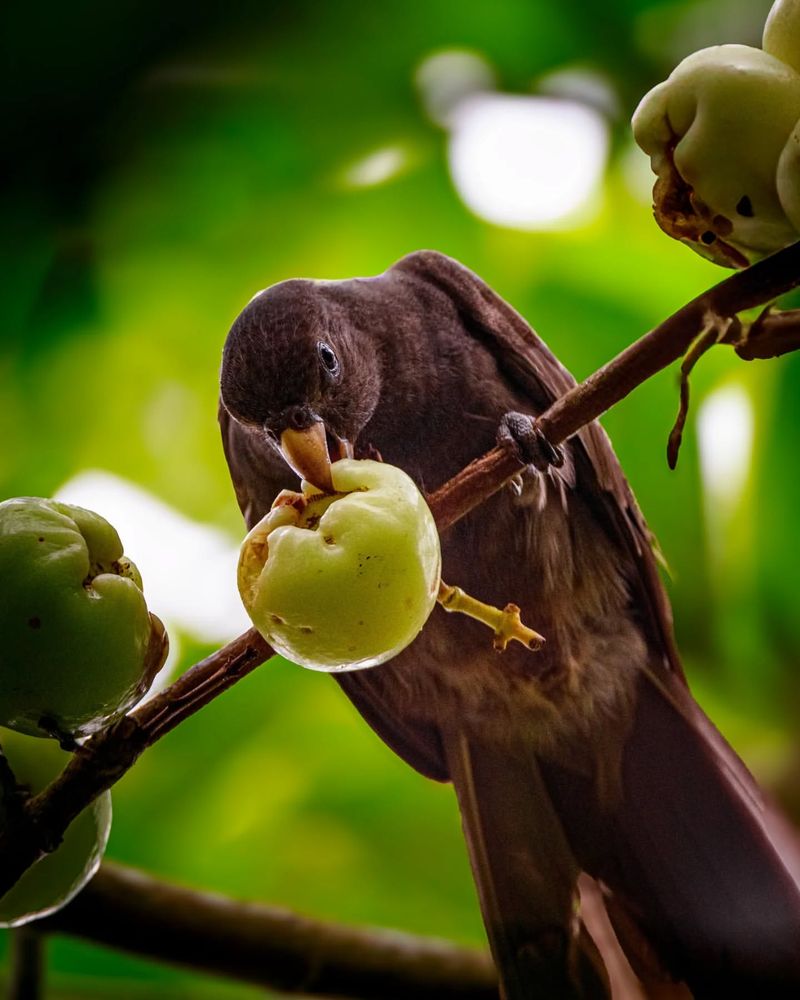
Amid the lush forests of Seychelles, the Seychelles Black Parrot flits between trees. Endemic to Praslin Island, this parrot is a national symbol and a vital part of its habitat. The Black Parrot feeds on the fruits of native trees, aiding in seed dispersal and forest health.
Its dark plumage and distinctive call make it a unique presence in the forests. However, habitat loss and competition from invasive species threaten its existence. Conservation initiatives focus on habitat protection and public awareness to ensure the survival of this parrot.
Observing the Seychelles Black Parrot in its natural environment is a captivating experience, highlighting the importance of preserving island ecosystems. Their conservation reflects the need for sustainable practices to protect our planet’s unique biodiversity.

